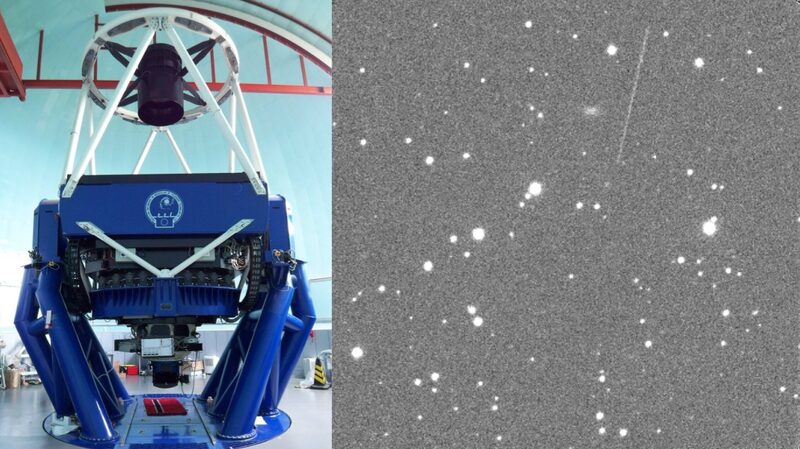Get ready for some cosmic news! 🌌 China's observatories have just captured jaw-dropping images of a falling near-Earth asteroid named 2024 XA1. 🚀
This space rock, measuring about 75 centimeters to 1 meter in diameter, was first spotted by a University of Arizona telescope at 5:55 a.m. UTC on December 3. Just 12 hours later, it blazed through Earth's atmosphere over eastern Siberia, lighting up the sky with a brilliant fireball. 🔥
Thanks to its prime location, China played a stellar role in monitoring this celestial event. The Lijiang Observatory, perched high at over 3,200 meters in Yunnan Province, caught the asteroid between 3:10 p.m. and 3:30 p.m. UTC using its powerful 2.4-meter telescope—the largest of its kind in East Asia! 🌠
Other observatories across China, including the Purple Mountain Observatory, the Lenghu Observatory in northwest China's Qinghai Province, and the Xingming Observatory in Xinjiang Uygur Autonomous Region, also joined the cosmic watch party, snapping images of 2024 XA1 before its fiery finale. 📸
Within two hours of the asteroid's grand entrance, the International Astronomical Union's Minor Planet Center received 64 observations worldwide, officially designating it as 2024 XA1. Talk about teamwork! 🤝
Why is this a big deal? Near-Earth asteroids can pack a punch, and early detection is crucial for Earth's safety. This marks the 11th successful early warning of an asteroid impact and the fourth in 2024 alone, highlighting the leaps we've made in celestial surveillance. 🌍🔭
Zhang Xiliang, a researcher at the Lijiang Observatory, said, \"Our achievement provides solid scientific support for China's efforts in early warnings and defense against near-Earth asteroids.\" Way to go, team! 🎉
The increasing success in predicting asteroid impacts is thanks to improved global monitoring and warning capabilities. With more eyes on the sky, we're better prepared to spot these cosmic visitors before they crash the party. 🛸
So next time you gaze up at the stars, remember there's a whole team watching out for Earth—one asteroid at a time! ✨
Reference(s):
China's observatories capture images of falling near-Earth asteroid
cgtn.com




